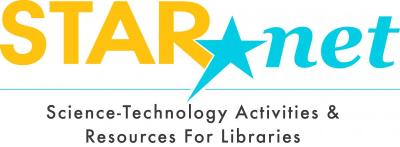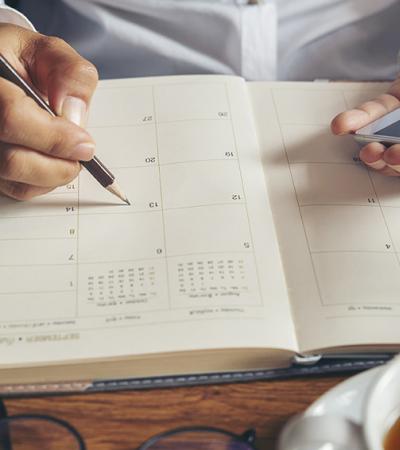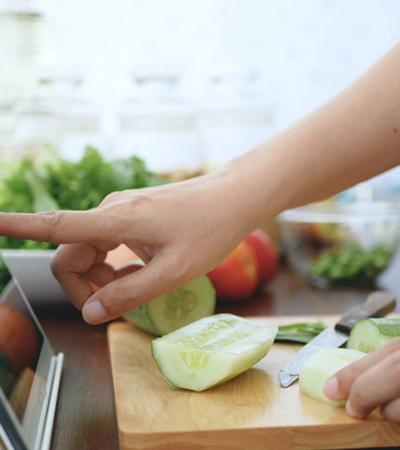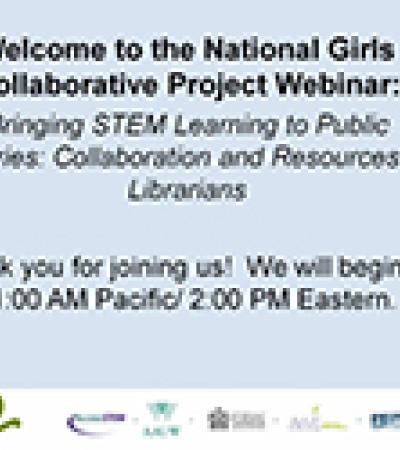Librarians and other educators often worry about the “summer slide” — the decline in academic skills that occurs over the summer, especially among low-income families who may lack the resources to attend summer camps or the like. This year, we can add the “COVID-19 slide” to our list of concerns.
STEM (science, technology, engineering and math) learning can be especially hard to encourage at home, where kids don’t have access to supplies or even spaces where they can spread out and make a big mess. But there are plenty of simple science activities that kids and families can do with minimal space and supplies, especially if the library can provide some guidance.
[Interested in STEM programming grants? Learn about current ALA opportunities to support activities like these.]
Here are a few of my favorite simple science activities to do with kids. You can post these videos straight to your website or social media channels, or if your library is doing curbside pick-up, you could give away or circulate program kits with everything the kids will need.
Sprouting seeds
I’ve had success making simple take-home projects, and some of my most popular have been seed-growing kits. I package five sunflower seeds and a little potting soil in a Ziploc bag and add instructions for how to plant them. Sometimes I stash these kits in a Little Free Library (our local police department has several in collaboration with the library) along with a couple books about plants, usually one early childhood board book and a second chapter book for older kids.
To make this activity more fun and get the kids excited, you could share this time-lapse video of sunflower seeds germinating.
Dissecting an old-school floppy disk
Kids love taking things apart to understand how they work. Why not use that enthusiasm to help them learn about old technology?
I once came across a lot of old floppy disks in my library and hosted a program where kids got to tear them apart to see what was inside. I included some history about the technology and called it a “time capsule” program.
I’ve also held in-person “dissection” programs where kids took apart a computer mouse and a Furby. For the Furby, I gave everyone lab coats and they pretended they were surgeons. Using schematics that I found online, we opened up the Furby and everyone took out one piece. Then we repeated the process backwards and everyone replaced one piece. At the end, we turned it back on, and it still worked. We called it a “FrankenFurby.”
This would also work as a take-home program. There are lots of so-called “teardown” videos online; you could post a teardown video of a cassette tape and give out samples for kids to follow along at home. The most important part is that the kids get to be curious.
Lighting an LED light with a potato
Kids love electricity. One of my favorite home sciences experiment is creating a battery from a potato.
All you need is a few potatoes, a couple galvanized nails, pennies, wire and an LED diode light. (These are very inexpensive; you can buy them on Amazon in packs of 100 for less than $10.)
Thirsty candle, color mixing and other experiments from Explora
Living in New Mexico, I am very familiar with Explora, a great education center that offers interactive experiences in STEAM (STEM+Art=STEAM). On their website, Explora calls itself “part science center, part children’s museum, part free-choice school, park grandma’s attic, part grandpa’s garage, part laboratory, part neighborhood full of interesting people and part of many people’s lives.”
Explora has excellent bilingual activity cards that explain a simple experiment, the science behind it and how it is relevant to people’s lives, including the career fields that work in the area. Like the seed-growing kits, I have created take-home kits for these Explora experiments and left them in Little Free Libraries. Here are PDFs of the experiments:
- Thirsty Candle
- Color Mixing / Catching a Rainbow
- Bubble Fun
- Catapaults!
- Coding: Algorithms
- Engineering Bridges
- Ice Melt
- Star Stories
- Going Outdoors
Cooking at home
Cooking is all about science and math. With a few inexpensive ingredients that most families already have at home, teens and tweens can make homemade pizza crust and learn the chemistry behind it. You could post a recipe online, share a video about the science of pizza (or another kid-friendly recipe), or hand out bags with pre-measured ingredients. Ask kids to post their creations on social media with the hashtag #cookingathome.
For me, the goal is not just to get kids cooking, but to think about why something did or didn’t work. Did your brownies come out hard and flat? Maybe it’s because you forgot the eggs — their yolks have lecithin, which helps make things moist and fluffy.

About the STAR Net STEAM Equity Project
Flo Trujillo is the president of REFORMA New Mexico and an advisor for the STAR Net STEAM Equity Project, an initiative of the Space Science Institute's National Center for Interactive Learning (NCIL/SSI), the American Library Association (ALA), Twin Cities PBS (TPT), Institute for Learning Innovation (ILI) and Education Development Center (EDC).
The STAR Net STEAM Equity Project will help public library workers in small and rural communities offer outstanding, culturally responsive STEAM (Science, Technology, Engineering, Arts and Math) programming and exhibitions for their patrons, especially often-underreached Latino populations.
Interested in participating? Submit a 15-minute survey about your community by July 20 to get started.



